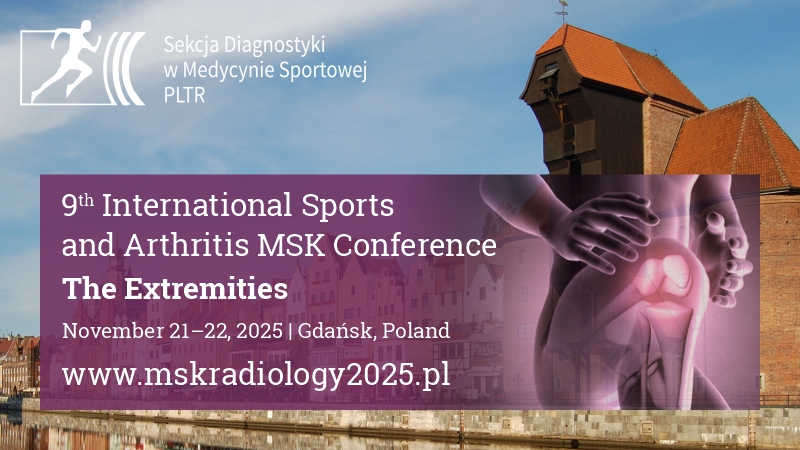Anatomically realistic aortic dissection simulator as a potential training tool for point-of-care ultrasound
Mutiah Rahmah1, Rania Hussien Al-Ashwal2, Maheza Irna Mohamad Salim2, Yan Tung Lam1, Yuan Wen Hau3
 Affiliation and address for correspondence
Affiliation and address for correspondenceAim: Simulators for aortic dissection diagnosis are limited by complex anatomy influencing the accuracy of point-of-care ultrasound for diagnosing aortic dissection. Therefore, this study aimed to create a healthy ascending aorta and class DeBakey, type II aortic dissection simulator as a potential point-of-care ultrasound training model. Material and methods: 3D mould simulators were created based on computed tomography images of one healthy and one DeBakey type II aortic dissection patient. In the next step, two polyvinyl alcohol-based and two silicone-based simulators were synthesised. Results: The results of the scanning electron microscope assessment showed an aortic dissection simulator’s surface with disorganised surface texture and higher root mean square (RMS or Rq) value than the healthy model of polyvinyl alcohol (RqAD = 20.28 > RqAAo = 10.26) and silicone (RqAD = 33.8 > RqAAo = 23.07). The ultrasound assessment of diameter aortic dissection showed higher than the healthy ascending aorta in polyvinyl alcohol (dAD = 28.2 mm > dAAo = 20.2 mm) and Si (dAD = 31.0 mm > dAAo = 22.4 mm), while the wall thickness of aortic dissection showed thinner than the healthy aorta in polyvinyl alcohol, which is comparable with the actual aorta measurement. The intimal flap of aortic dissection was able to replicate and showed a false lumen in the ultrasound images. The flap was measured quantitatively, indicating that the intimal flap was hyperechoic. Conclusions: The simulators were able to replicate the surface morphology and echogenicity of the intimal flap, which is a linear hyperechoic area representing the separation of the aorta wall.








